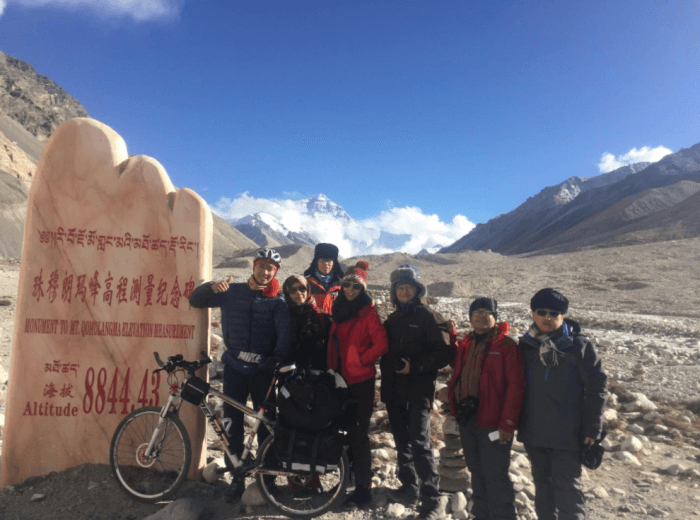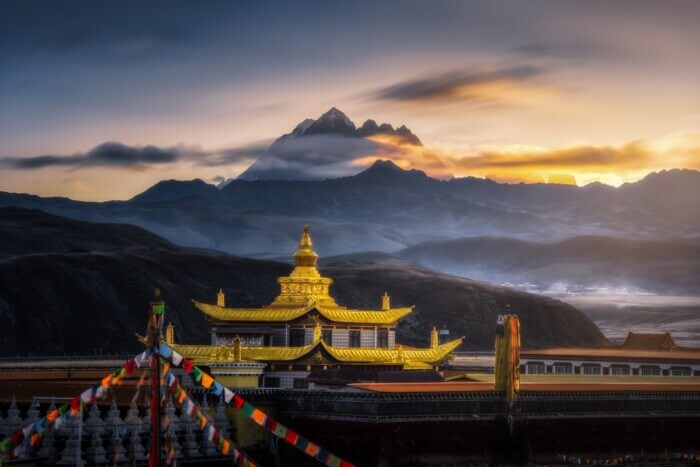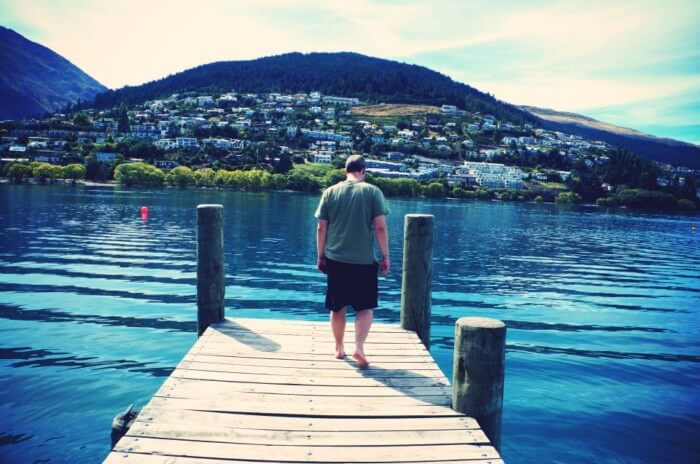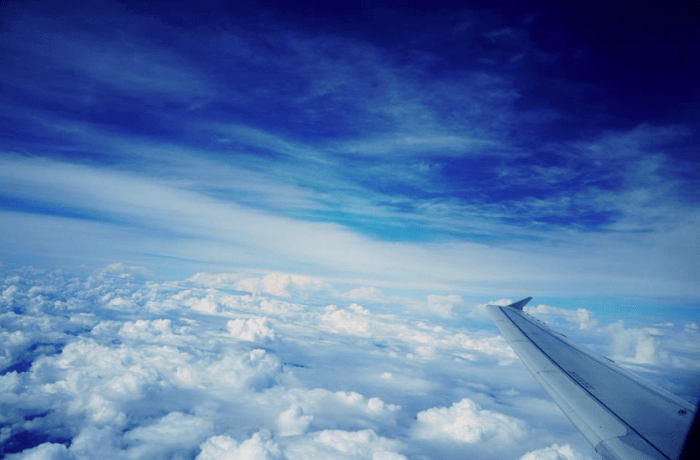Want to feel like you are standing on top of the world?
Visit Tibet with a local Tibet travel agency. Tibet is the called the ‘roof of the world’ for the very reason. With an average elevation of 4,500m, Tibet is the land to some of the highest mountains and mountain ranges in the world.
Tibet is located on the northern side of the Himalayas and the remote location is one of the reasons why many people hesitate to travel.
But over the years, accessibility to this beautiful place has become more and more convenient and put Tibet back in the bucket list of the travellers.
There are other misconceptions travellers have and other misguided assumptions travellers hear that deters many. The internet is filled with so much information about Tibet of which some of them are simply not true. Here are some of the widely assumed misconceptions:
Choosing agencies for low cost packages
Tourism in Tibet is expensive. It is mainly because of the remote location, unavailability of many food ingredients, and maintenance of areas in such high altitude etc.
Agencies that offer incredibly low cost packages are not to be trusted. Such agencies compromise many services to provide at a low cost. They don’t guarantee safety for you or your belongings. They don’t commit to a fixed departure time and delay in booking your flights.
They often don’t mention some costs in the website/ pamphlet and demand money for it later during the trip. The guides may not be very knowledgeable and the accompanying drivers may not be very experienced. In a place like Tibet experienced drivers are all the more important because of the high passes and average road conditions.
Such agencies often do not have a systemic management in place and don’t have ideal itineraries. So, just because an agency offers a Tibet tour at a low cost compared to other agencies, don’t book with them blindly without proper research and feedback about that agency.
Tibet is not safe for travel
There are a couple of reasons why many outsiders think that. One of the reasons is because of the political turmoil. Many foreigners assume that Tibet is not safe to travel because of political instability and think that it is full of violence. But that is not the case.
In fact, you will not find a place that is more peaceful than Tibet. The locals are warm and welcoming in Tibet. The government takes extra effort to ensure that the tourists are safe and act immediately if there is a problem.
Another misconception is that Tibetans are uncivilised and poor. Tibet is not a poor region; the rise in tourism has led to a rise in new businesses and has increased the overall living standards. With inflow of tourists came development in modern facilities in Tibet.
Tibetans are some of the friendliest hosts in the world. When it comes to tourism, Tibet has some strict regulations that ensures the safety of tourists and protects the profits of the locals.
Altitude sickness can be scary
While it is true that sudden movement to high altitude areas can cause altitude sickness, it is not as serious as it sounds. Tourists mostly only experience the mild symptoms of altitude sickness.
Some of the most common symptoms include headaches, lack of appetite, and shortness of breath (in rare occasions).
These symptoms are experienced only if you don’t acclimatize properly. All the travel agencies make sure that tourists have enough time to acclimatize in Lhasa before travelling to another place. Even if you experience some of the symptoms mentioned above, they are perfectly curable through medicines.
All tourists are advised to visit their doctors and get prescribed with medicines relevant to altitude sickness.
You can get small oxygen cylinders to carry form many places in Lhasa. If your symptoms get severe there are able, quality hospitals that will treat you will. Your body also adapts pretty fast to the altitude, so after a couple of days you won’t feel any uneasiness.
Here are some of the tips to help with altitude sickness- travel in train as the increase in altitude is steady unlike travelling by flight; eat lots of fruits and drink plenty of water; don’t drink alcohol and don’t indulge in heavy workouts or physically demanding activities for a couple of days.
Winter is not suitable for Tibet tour
Many tourists simply assume that it is too cold to travel to Tibet during winter because of the high altitude location.
This is one of the classic and widely common misconceptions tourists make. During winter, the day time temperature in Lhasa is in fact warmer than some places in China. Only during nights, it gets very cold. Hence, with proper winter wear and thermal wears, Tibet is a perfectly enjoyable place even during winter.
Travelling in winter does not only show different beauty of Tibet, but also has some advantages. One of the advantages being low cost travel and accommodation costs. The flight ticket costs are significantly lower and easy to get even in last minute.
It’s the same with accommodation costs; you can comfortably stay in star hostels for a reasonable amount. You can avoid the typical tourist crowd and see attractions in your own pace without much crowd and rush.
Some famous Tibetan festivals like Tibetan New Year and Tsongkhapa Butter Lamp Festival happen during winter too. Visit winter during winter and experience a different side that many tourists don’t get to experience.
Tibetans are not friendly
This is probably one of the most ridiculous misconceptions. Any tourist, local, or anyone who has travelled to Tibet will say otherwise.
Tibetans are one of the warmest hosts in the world. They take an extra care towards the foreign tourists and make sure they feel comfortable.
There are so many home stay options where you can stay with the locals and experience their culture. When you are exploring Kham region, you will find the Kham Tibetans incredibly welcoming, some even invite you to their tents.
Hope this helped clearing some of the common misconceptions about Tibet. Travel to Tibet with an open mind, open heart, and enjoy one of the most authentic, warm regions on Earth where time has stood still.



